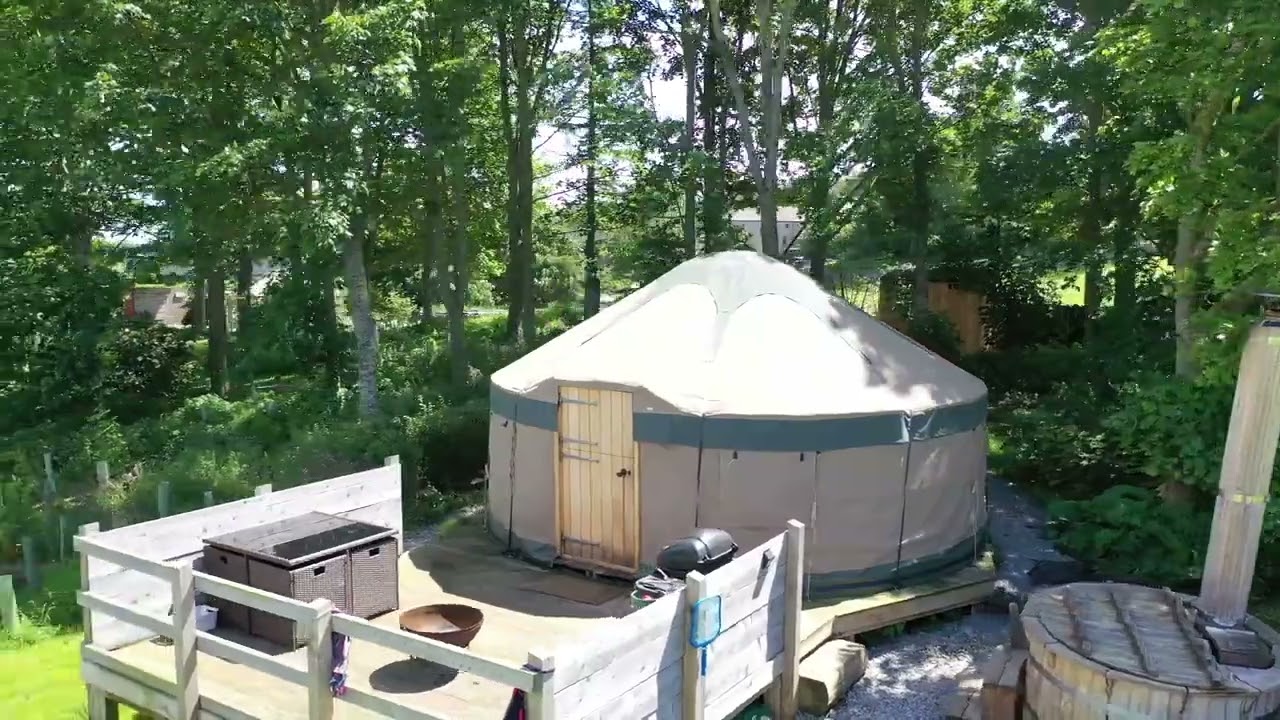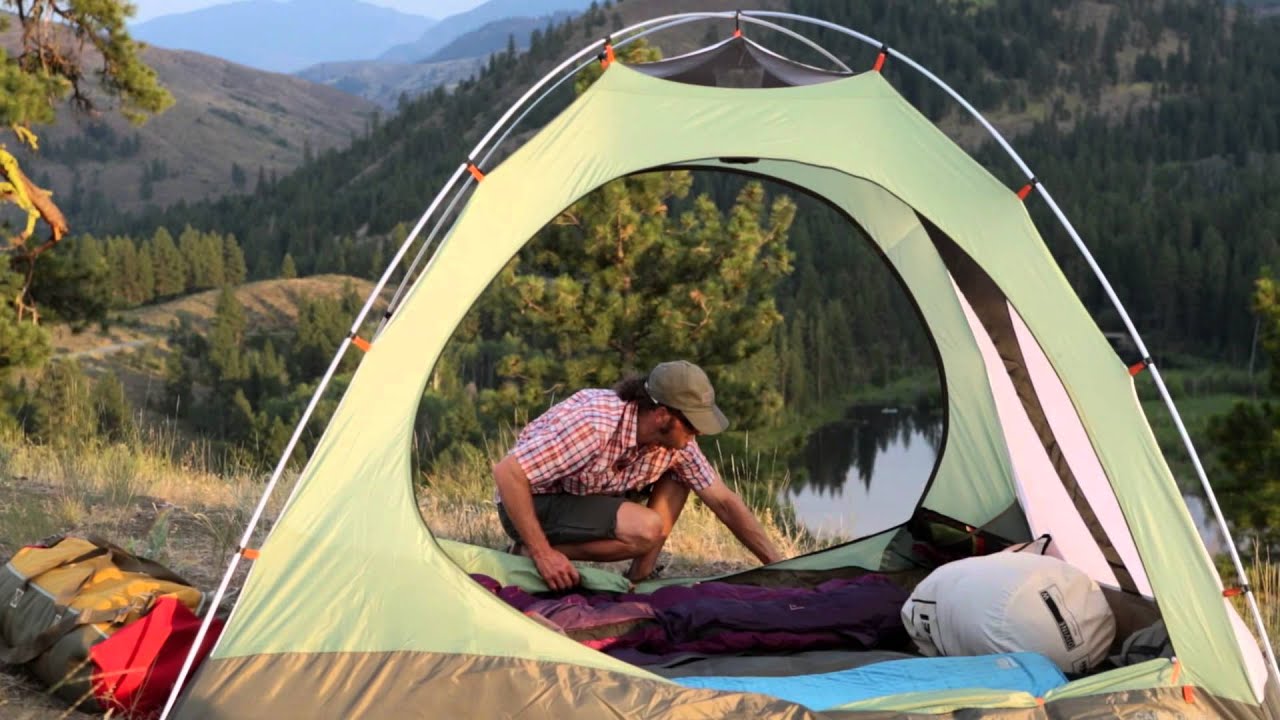Summertime is here and that means camping trips are coming up. Some people enjoy these trips and know how to sleep comfortably in the woods while others are completely clueless when it comes to sleeping out in the open air. If you are heading out to camp this summer, you should take some time to learn about sleeping in the wild and preparing yourself for it before you go.
Sleeping bags and blankets
If you plan to sleep outdoors, you’ll need some type of blanket or sleeping bag. There are two general types of blankets: one for colder weather and one for warmer weather. Both provide warmth, but have different advantages. Blankets have limited insulation, while sleeping bags offer better protection and are more spacious.
When choosing a sleeping bag, it’s important to determine your size. Ideally, you should choose one that’s at least two inches shorter than your shoulder measurement. In addition, you should bring a pillow to add extra support. You’ll want to bring additional pillows if you sleep on your side. For extra comfort, you may want to consider a sleeping bag that features a side opening instead of a standard design. Some side sleeping bags have generous cuts at the elbows and knees.
Besides sleeping bags, you’ll want a sleeping sack or a camping quilt. The former is better suited to regulate body temperature, while the latter will help you sleep without getting too hot or too cold. Depending on the weather, you may also want to wear a hat and wool socks.
For sleeping in cooler temperatures, it’s important to choose a sleeping pad. Choosing a pad that is too long or too short can result in discomfort. A sleeping pad is much more comfortable than sleeping on the ground. A sleeping bag with an R value of four or more will keep you warmer while protecting you from the cold ground.
White noise
When camping, a white noise machine can help you get a better night’s sleep. They produce nature sounds to drown out unwanted noises. However, the real-world wilderness can be much noisier, with random sounds, bristling trees, and crunching underbrush. If you don’t want to spend a lot of money on a white noise machine, you can also use an app on your cell phone or iPod. These apps provide soothing white noise and have timers. They can help you get to sleep faster and prevent you from waking up in the middle of the night with a false alarm.
While sleeping outdoors in a tent can be difficult, you can make it more comfortable for your family by using a white noise machine. It will help mask out the noises from other campsites and help your children sleep comfortably. This is especially helpful for young children, as they rely on environmental cues to sleep.
Sleeping pads and pillows
If you’re planning on sleeping outdoors, the comfort of your sleeping pad is a crucial consideration. You can buy standard-sized sleeping pads that measure 20 inches wide, but you may want to invest in a wider one if you have large shoulders or are likely to wiggle in the night. Some pads have extra-wide sides called “rails” to prevent you from rolling off during the night.
Some lightweight sleeping pads are available at camping stores and are ideal for backpacking and car camping. Some of these pads weigh as little as a liter water bottle. While you can find lightweight sleeping pads at outdoor retailers, the best pads for backpacking aren’t as inexpensive. For example, the Coleman Ultralight pad is only 4 pounds, and it packs up like a large yoga mat.
Another option is a self-inflating pillow. These have memory foam padding that offers head and neck support while you sleep. These pillows are particularly popular among campers because they’re easy to pack and wash. Some people prefer traditional filled pillows, as they are more like bed pillows. Some pillows are even machine washable.
While camping in cold weather, you might need additional insulation. A sleeping pad with a high R-value is a good choice. If you’re camping in the snow, you might also want to invest in a closed-cell foam pad. This type of pad adds additional insulation and protects the inflatable pad from damage.
Preparation
While camping outdoors, there are several preparations you should make in order to sleep comfortably. For example, you should be sure you have good sleep gear such as a sleeping bag that is rated for the temperature of the campsite you are staying at. You should also have a working flashlight and a pair of shoes on hand. In addition, you should read the campsite’s rules and regulations for setting up camp and lighting a fire.
If possible, wear lightweight and breathable clothing. You should also bring extra layers of clothing in case you get soaked. Also, you may want to bring a melatonin supplement to promote a more peaceful sleep. Finally, you should wear eye masks to prevent bright light from affecting your sleep.
Before you go to sleep, it is important to eat a healthy meal. This will give your body enough fuel to stay warm while sleeping. It is best to eat a good meal a few hours before bed. But you should try not to eat too heavy. You should avoid drinking alcoholic beverages too, as alcohol dehydrates your body and impairs your sleep.
Choosing a sleeping mattress that has a good R-value is also very important. Having a high R-value mattress will reflect your body heat back to you, preventing you from feeling cold when you lie down. A good sleeping bag also makes sure that you don’t overdress when it is cold outside. In addition, a hot water bottle will help keep you warm at night.
Setting up a tent on level ground
When you’re out camping, the best place to pitch your tent is flat and free from rocks. If possible, pick a spot with soft grass. Make sure your head is higher than your feet, which is crucial for comfort and good air circulation. If you can’t find a flat patch of ground, pitch your tent on a slight incline.
It’s also helpful to sleep flat. This will help prevent back aches that can occur while sleeping on a sloped ground. Also, if your tent is on a slope, try sleeping with your head close to the door. Otherwise, you’ll slide down the slope and end up with a throbbing back the next day.
When setting up your tent, make sure the ground is level, free of rocks and trees. If you’re on a hill, sleep on the north side of the hill instead of the bottom. This will prevent headaches caused by increased blood flow. Alternatively, you can set up a hammock.
You should bring blankets and pillows, so you can sleep warm and comfortably. You can also use eye masks and ear plugs. These will help block out any noise, especially at night. Your clothing will also make a big difference in your comfort. Choose lightweight materials so you don’t feel too hot or cold. If your tent is on sloping ground, you may want to put a piece of clothing underneath your sleeping bag to help level it out.
Air mattresses
Air mattresses can be uncomfortable to sleep on, but there are several ways to make them more comfortable. One way is to use a sleep bag. Sleeping bags are lightweight and can be draped over other bedding. They add extra cushion to air mattresses and can even be used as comforters if you want.
Another way to make an air mattress more comfortable is to get a larger one. The bigger one is more comfortable, because it will allow you to spread out more, allowing you to get a more restful sleep. However, larger air mattresses tend to cost more. Therefore, make sure to buy one that is 18 inches or more high.
When selecting an air mattress, consider how often you plan to use it. If you plan on using it regularly, you should look for one with a high durability rating. Even if it is made of thick vinyl, air mattresses can still tear or leak. Consequently, most air mattresses don’t last very long.
Another important tip to remember while choosing an air mattress is to choose a good camping pillow. Some models come with a built-in pillow, but they don’t offer the same level of comfort. It is also important to find a pillow that will stand up to the elements.

